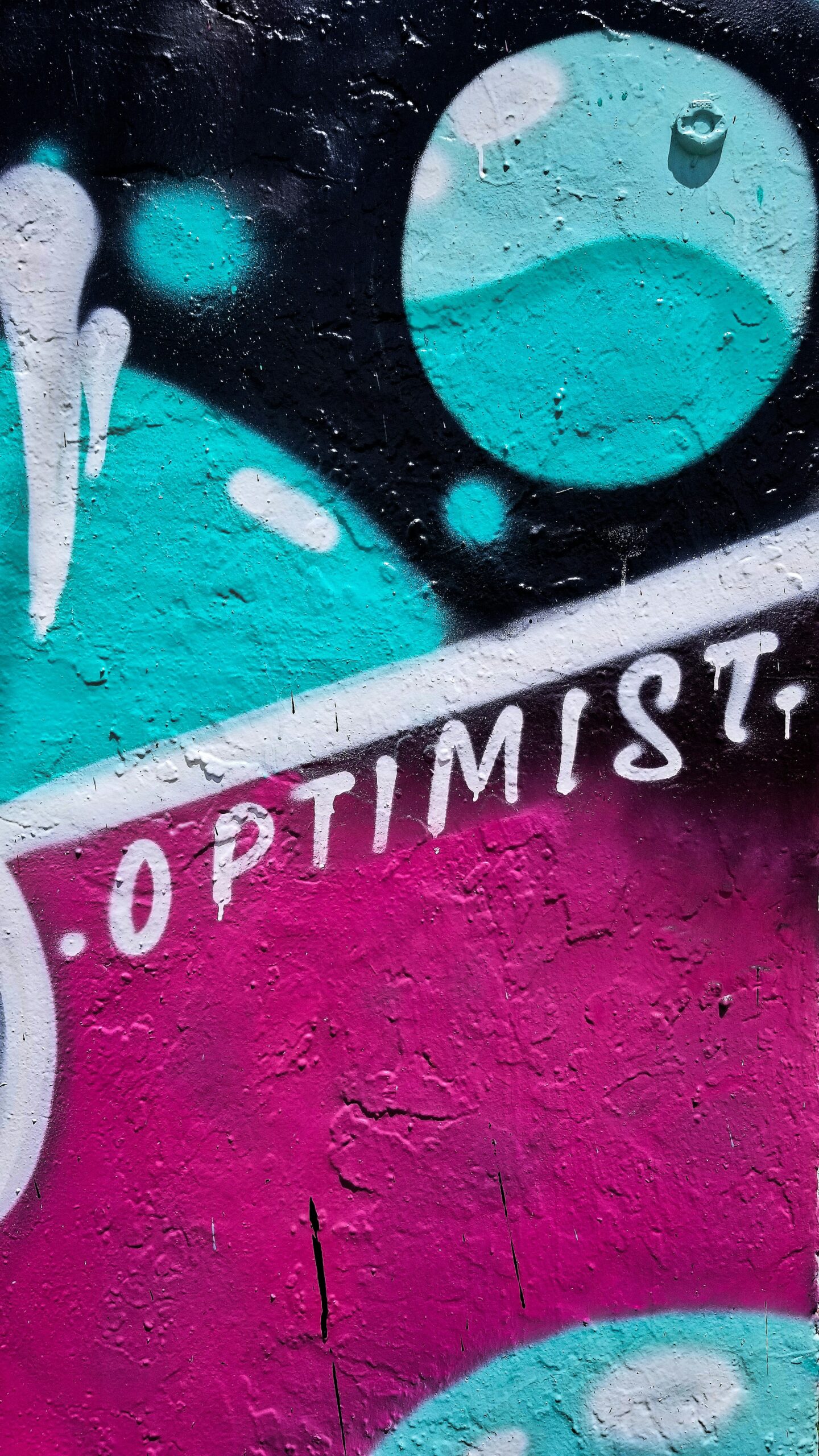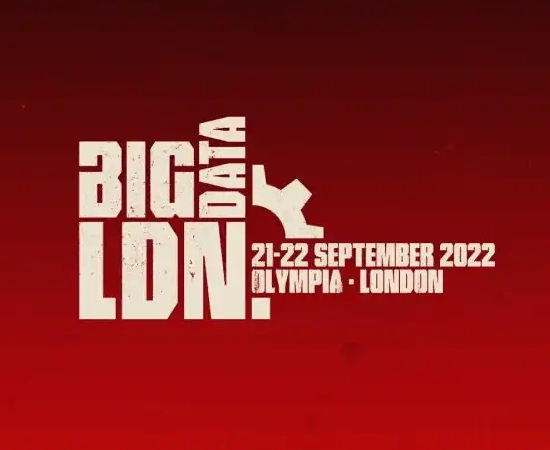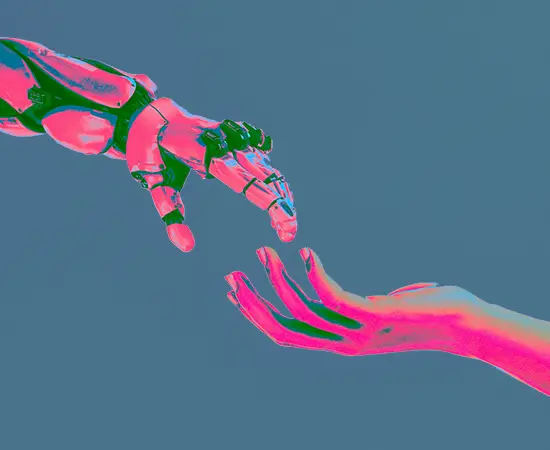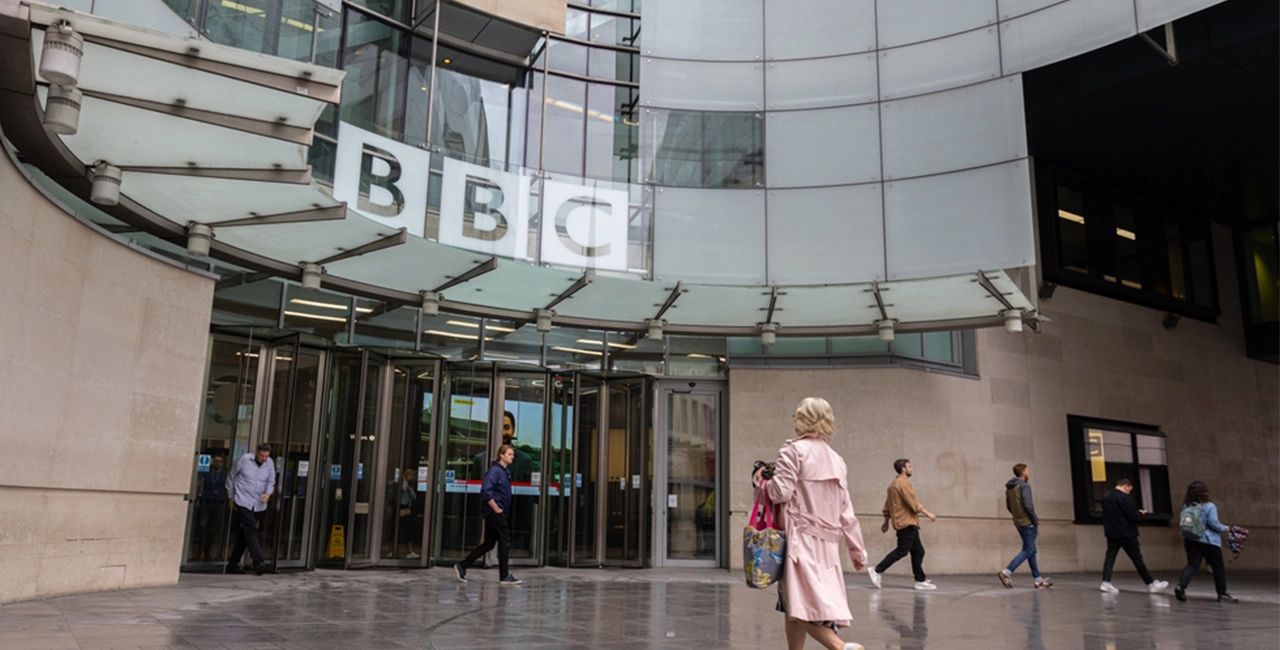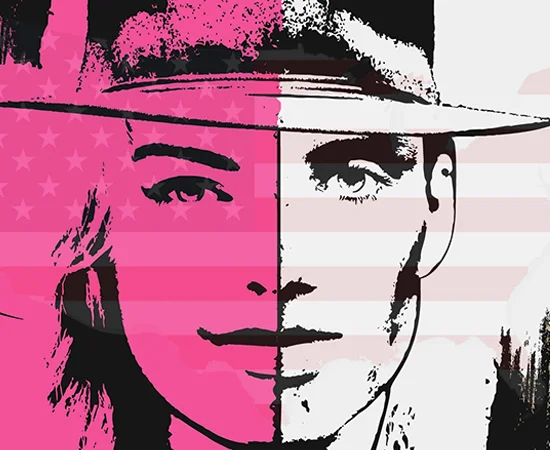It took hours to craft that text. I’d checked, rechecked and tweaked it to within an inch of its life. I was giving my friend some bad news about why I couldn’t make her birthday drinks. I hit send, and immediately two blue ticks showed, followed by ‘No worries, thanks for letting me know 😊’. All was fine, she didn’t hate me! Amazing how much that teeny little yellow emoji reassured me.
Emojis are great for that – they sum up a multitude of emotions and actions in one fell swoop. They are considered crucial to complete a sentence and are seemingly a big deal. So much so, in fact, that the laughing emoji was the Oxford Dictionary’s Word of the Year back in 2015.
They are versatile too – you can quite casually communicate through emoji with friends, family, colleagues or even clients (think of that awkward 🙂 you send when you’re asking them to stick to a deadline). But how effective are they when used in research? Some argue that they provide a nuanced understanding of participants, while others say they’re a simplistic view of a myriad of emotions. Let’s check it out.
So much more than just cute symbols
These badgers have come a long way since the original : – ) emoticon days. Emojis have evolved into colourful, cute and meaningful icons. They have been adapted to be more inclusive, offering varying skin tones, and maintaining gender neutrality where possible. There is literally an emoji for everything these days and they can convey some really specific emotions.
When you search for a smile emoji, you will find 66 options (on iOS, just 27 on Android fyi) – each with its own spin on an emotion. You have the loved up 🥰 (meaning warm and fuzzy feelings), the grimace 😬 (meaning something bad or awkward) and the devil 😈 (meaning something naughty). These sweet little things were the first language of the digital age, really elevating otherwise dull texts to make communication easier. So letting participants answer questions via emoji gives them the tools to respond quickly and more succinctly. It’s just like asking a scale question, but now we’re talking their language and holding their attention for longer.
Getting to the heart of emotions
Gamifying a task is one thing, but as any researcher will tell you, unspoken messages from participants can say so much about their true emotion. Words don’t always cut the mustard alone, so emojis add a layer of visual context that helps capture the subtleties of participants’ feelings. In our research, we tend to ask participants to choose an emoji that best represents their feelings in that moment. This not only tells us about their emotions at that time, but also lets us find patterns and trends for different audiences, and their relationships with brands. Let’s not forget, emotion is a huge part of understanding consumers, so getting to the heart of that is key.
Breaking language barriers
Emojis are also considered a universal language – if someone sends a 😢 emoji, no matter where they are in the world, it’s pretty obvious they are unhappy. Now we’re doing more international research, these tiny pictograms allow us to understand local nuances, by transcending barriers of culture and language. We can really bridge the linguistic diversity gap to ensure that participant responses are correctly understood and interpreted, regardless of which language they speak. But it’s also worth noting that some emojis have different meanings in different places. For example, the 🙏 emoji started out in Asian markets as praying hands showing respect and reverence, then the meaning changed in the US to be a high five… so there’s a watch out here for the unwary.
Talking at cross purposes
It’s important to remember that text exchanges can be open to misunderstanding or misinterpretation, particularly in a casual setting. For example something as simple as a full stop can irritate a recipient, while making the sender appear abrupt, as The New York Times reported. It’s the same story for emojis – the user needs to think carefully about the emoji they choose, to send the right message. The 🙃 is a good example of a confusing emoji – some see this as showing sarcasm, while others consider it a more fun version of the standard smile emoji. Somewhat different when you’re in the midst of a heated debate. So any analysis needs to consider each response carefully – is there any way this emoji could have been misconstrued, or intended to portray a different meaning? The context of other messages from the same user will be crucial here, to cross reference exactly what they were trying to say.
No shortcut to success
While we all love emojis for their ease of sharing a really simple message, we need to address the elephant in the room. Research isn’t about finding shortcuts or condensing deep, emotional responses into one generic icon. It’s about interpretation, and understanding the hidden meaning behind what the participant says and does to tell a story.
An emoji alone isn’t going to give you enough intel to make any recommendations or business decisions on…but it will certainly bring your data to life.
So how about using emojis in research?
Although they’re a great source of content, there is only so much insight you can take from these little graphics. We do have to recognise though, that participants are time poor, and we need to help them out. As is usually the way, the solution seems to be a bit of everything – build a robust mixed methodology and don’t restrict responses to emojis. By also allowing GIFs, images, text, audio and video too, participants can convey the message however suits them. This way, you’ll uncover much deeper insights, because it’s on their terms ❤️
*
Over at Whycatcher HQ, we are huge fans of emojis, GIFs and anything showing animals or coffee, basically. Emojis build a narrative and lift words from a page or screen, particularly on WhatsApp. As a reminder, we have a WhatsApp solution on Whycatcher. You can gather your responses (incl emoji or GIF) via WhatsApp and see the data in real-time via our easy to use dashboard.
